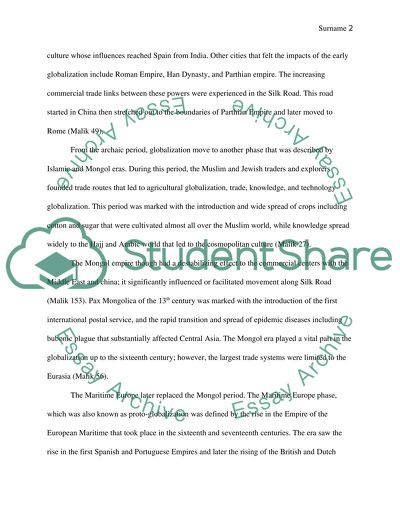Cite this document
(“Globalization and the British East India Company Essay”, n.d.)
Retrieved from https://studentshare.org/history/1440439-indian-civilization
Retrieved from https://studentshare.org/history/1440439-indian-civilization
(Globalization and the British East India Company Essay)
https://studentshare.org/history/1440439-indian-civilization.
https://studentshare.org/history/1440439-indian-civilization.
“Globalization and the British East India Company Essay”, n.d. https://studentshare.org/history/1440439-indian-civilization.


